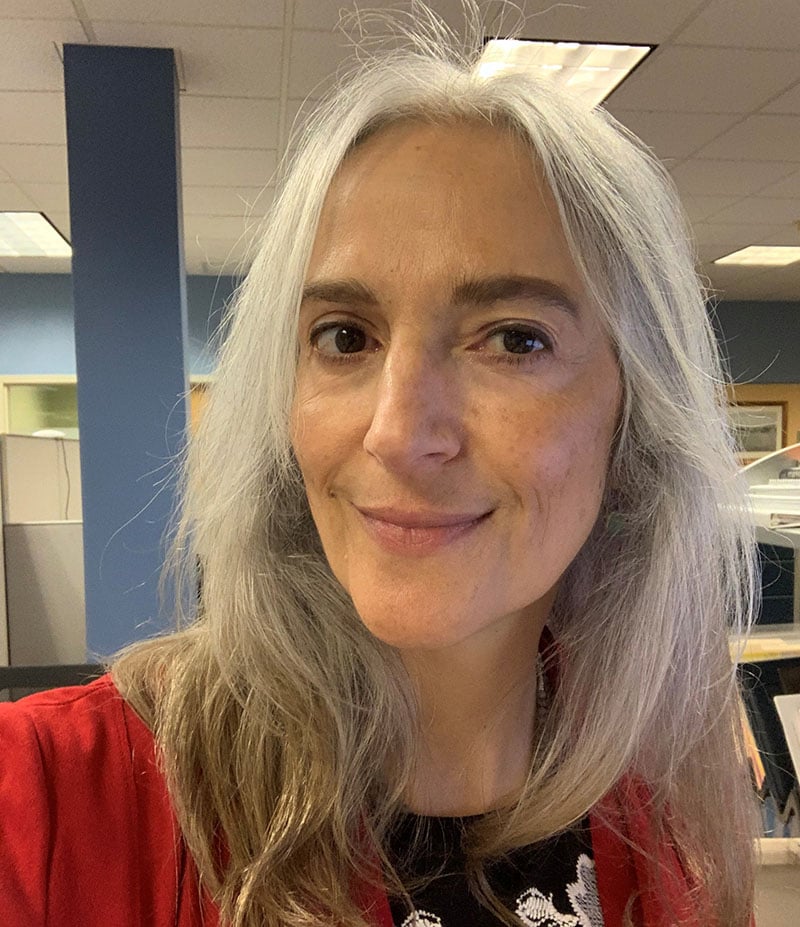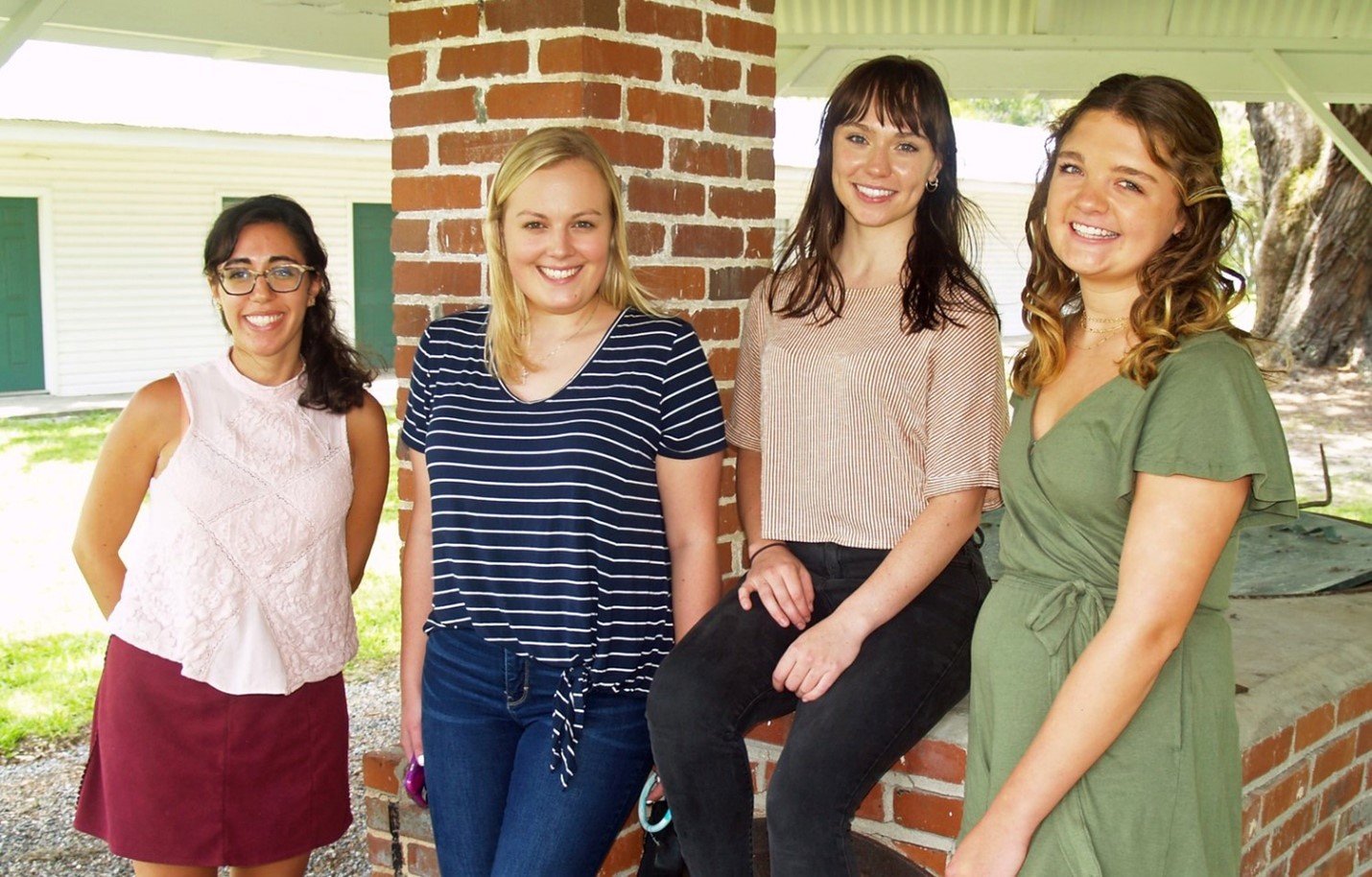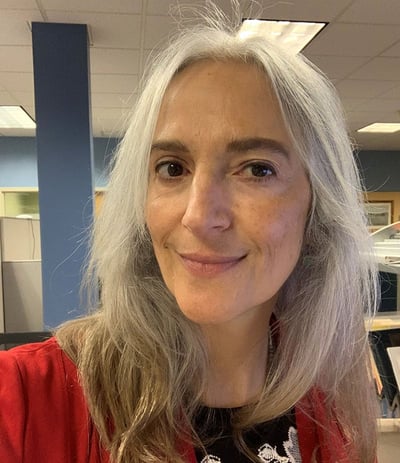The Skidaway Institute of Oceanography, an internationally renowned marine science research institute located on the northern end of Skidaway Island near Savannah, Georgia, has been using FlowCam since 2016. We recently spoke with Elizabeth Szink, a 2022 graduate of the University of Georgia. She had the opportunity to participate in a summer internship in Dr. Natalie Cohen’s lab at Skidaway. She was happy to share with us some highlights of her internship.
Pictured above, the summer 2022 lab group from left to right: Dr. Natalie Cohen, Elizabeth Szink, Lucy QUirk & Claire Zwiers. Photo credit: Michael Sullivan
Would you please tell us about your experience?
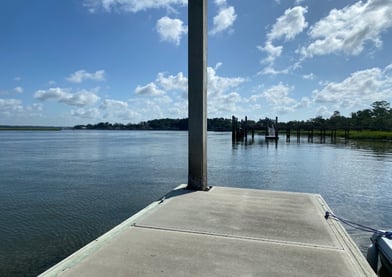
As an intern in the lab, I took daily samples of surface water from the Skidaway River Estuary immediately adjacent to our campus. The goal of this project was to assess whether bloom events in the estuary could be related to measured physicochemical parameters. The dock samples collected were processed through our FlowCam to assess the community composition and abundance of phytoplankton at high and low tides. In conjunction with community composition and abundance, I measured a variety of parameters, including temperature, salinity, and ammonium concentrations. This was the second summer of estuary monitoring in what we hope will become a long-term monitoring site in Georgia. The work in this project builds on recent efforts by Liz Harvey and her group to characterize harmful algal bloom (HAB) species at this location (Anderson et al. 2018; Pfeiler, 2020).
How has FlowCam contributed to your work and research?
I found the FlowCam to be easy to use and valued the opportunity it gave me to conduct high-throughput imaging and data collection. Not to mention, the images generated are always fascinating to look through. Given the ease of use, it is a great instrument for engaging undergraduates in relevant scientific research, which I believe is an integral part of advancing science. I utilized a combination of the automated sorting features of VisualSpreadsheet along with manual identification to collect quantitative data on various phytoplankton.
What would you share as an important aspect of your internship experience?
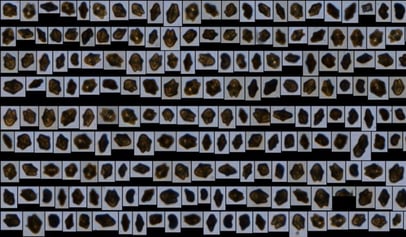 Towards the end of the summer, I observed a spike in Akashiwo Sanguinea (a known bloom-forming dinoflagellate) in the estuary (58 cells/mL). Interestingly, when this spike occurred, the temperature of the water was relatively higher than on other sample days. Akashiwo is frequently encountered in the Skidaway River estuary; however, only one bloom event has been documented (Pfeiler, 2020). Akashiwo threatens aquaculture due to the exopolymers it secretes. These negative effects have been shown to extend to oysters and have resulted in mortality events such as this one. We are curious whether Akashiwo will consistently show up in the late summer and which factors primarily contribute to bloom conditions. As our coastlines experience warming trends, we are investigating whether certain HABs such as Akashiwo will become more abundant in GA estuaries, and what the ecological implications might be.
Towards the end of the summer, I observed a spike in Akashiwo Sanguinea (a known bloom-forming dinoflagellate) in the estuary (58 cells/mL). Interestingly, when this spike occurred, the temperature of the water was relatively higher than on other sample days. Akashiwo is frequently encountered in the Skidaway River estuary; however, only one bloom event has been documented (Pfeiler, 2020). Akashiwo threatens aquaculture due to the exopolymers it secretes. These negative effects have been shown to extend to oysters and have resulted in mortality events such as this one. We are curious whether Akashiwo will consistently show up in the late summer and which factors primarily contribute to bloom conditions. As our coastlines experience warming trends, we are investigating whether certain HABs such as Akashiwo will become more abundant in GA estuaries, and what the ecological implications might be.
Pictured above: images of Akashiwo Sanguinea, taken with FlowCam using 10x. Photo credit: Elizabeth Szink.
How has FlowCam changed your process or improved your workflow?
My experience in Dr. Cohen’s phytoplankton laboratory, specifically utilizing FlowCam to collect and process high-throughput data, was a valuable experience as an undergraduate researcher. Automated image processing has greatly transformed a variety of fields, including marine science. The use of FlowCam in our laboratory has allowed for a large volume of data to be generated over a short period of time. We would not have been able to analyze images as quickly without FlowCam. It is no doubt my experience working with extensive datasets, which included data collected from FlowCam, will serve me in my future scientific endeavors.
Interested in learning more about FlowCam for Marine Research? Download our eBook for Aquatic Applications.







